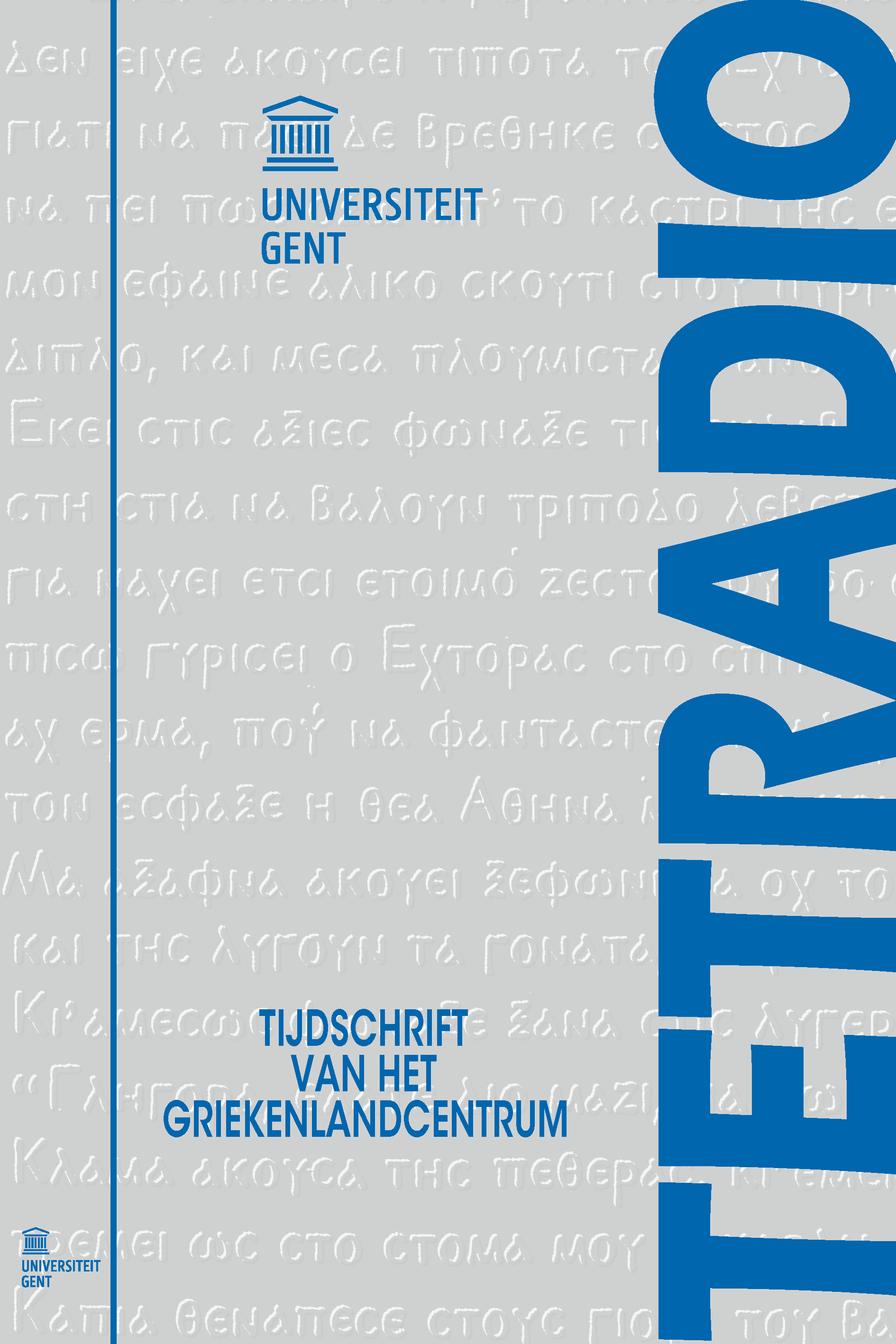Stadslandschappen van Constantinopel in de Byzantijnse literatuur
Abstract
Constantinople held a particular place in the Byzantine mindset, being the undisputed political, cultural and religious capital of the empire. Several Byzantine literary texts contributed to a coherent discourse that portrayed Constantinople as the second Rome, and rightful capital of the world. This article discusses some texts that describe and interpret Byzantine gazes on Constantinople. Procopius of Caesarea, Constantine of Rhodes, and Theodore Metochites were all interested in the interaction of land and sea, nature and buildings, in and around Constantinople. They describe panoramic viewpoints on the city that set it in a cityscape.They also interpret Constantinople’s ‘skyline’ and geographical location as a message of world dominance and imperial power. So ultimately literature contributes to constructing a Byzantine gaze that had aesthetical as well as political associations.
How to Cite:
Bernard, F., (2018) “Stadslandschappen van Constantinopel in de Byzantijnse literatuur”, Tetradio 27(1): 2, 39–56. doi: https://doi.org/10.21825/tetradio.91872
Downloads:
Download PDF
View PDF

